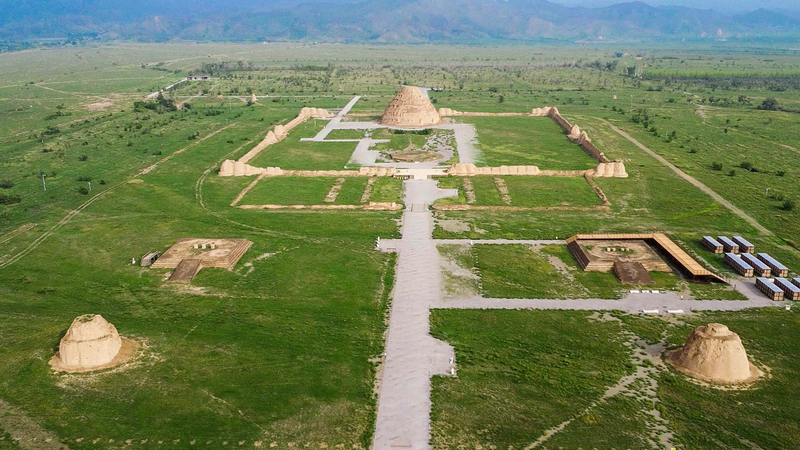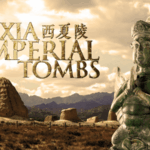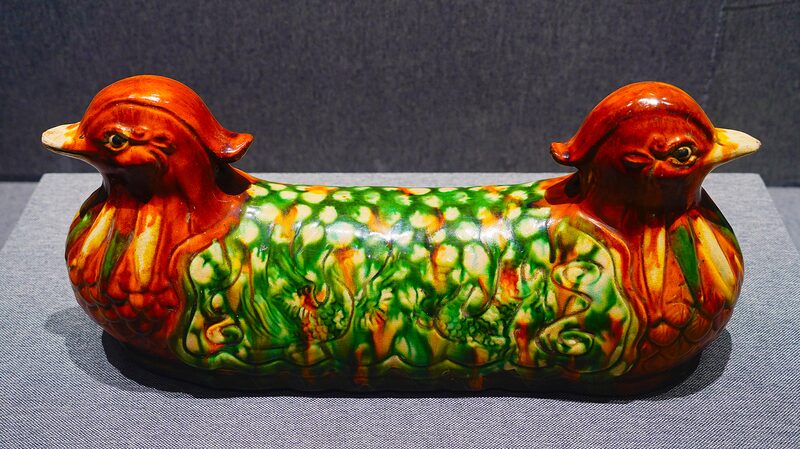Step into history with a tale of cultural fusion and imperial innovation! 🏺 In 1792, Emperor Qianlong of China’s Qing Dynasty introduced the golden urn lot-drawing system—a groundbreaking method to standardize Tibetan Buddhist reincarnation practices. Think of it as ancient ‘quality control’ for spirituality, but with way more bling. 💫
The golden urn, personally designed by Qianlong, wasn’t just a ceremonial object—it was a political masterstroke. Merging Han, Tibetan, and Manchu artistic styles, this ornate vessel became the centerpiece of a regulated process to identify reincarnated lamas. Why? To ensure fairness (and curb power struggles) while reinforcing the central government’s authority. 👑
For Tibetan Buddhists, the system offered clarity: names of potential reincarnations were placed in the urn, and lots were drawn under imperial supervision. It’s like a sacred raffle, but with cosmic stakes. 🙏 Today, this 230-year-old practice remains a fascinating symbol of how governance and spirituality intertwined in imperial China—proving that even enlightenment needs some ground rules.
Reference(s):
cgtn.com





